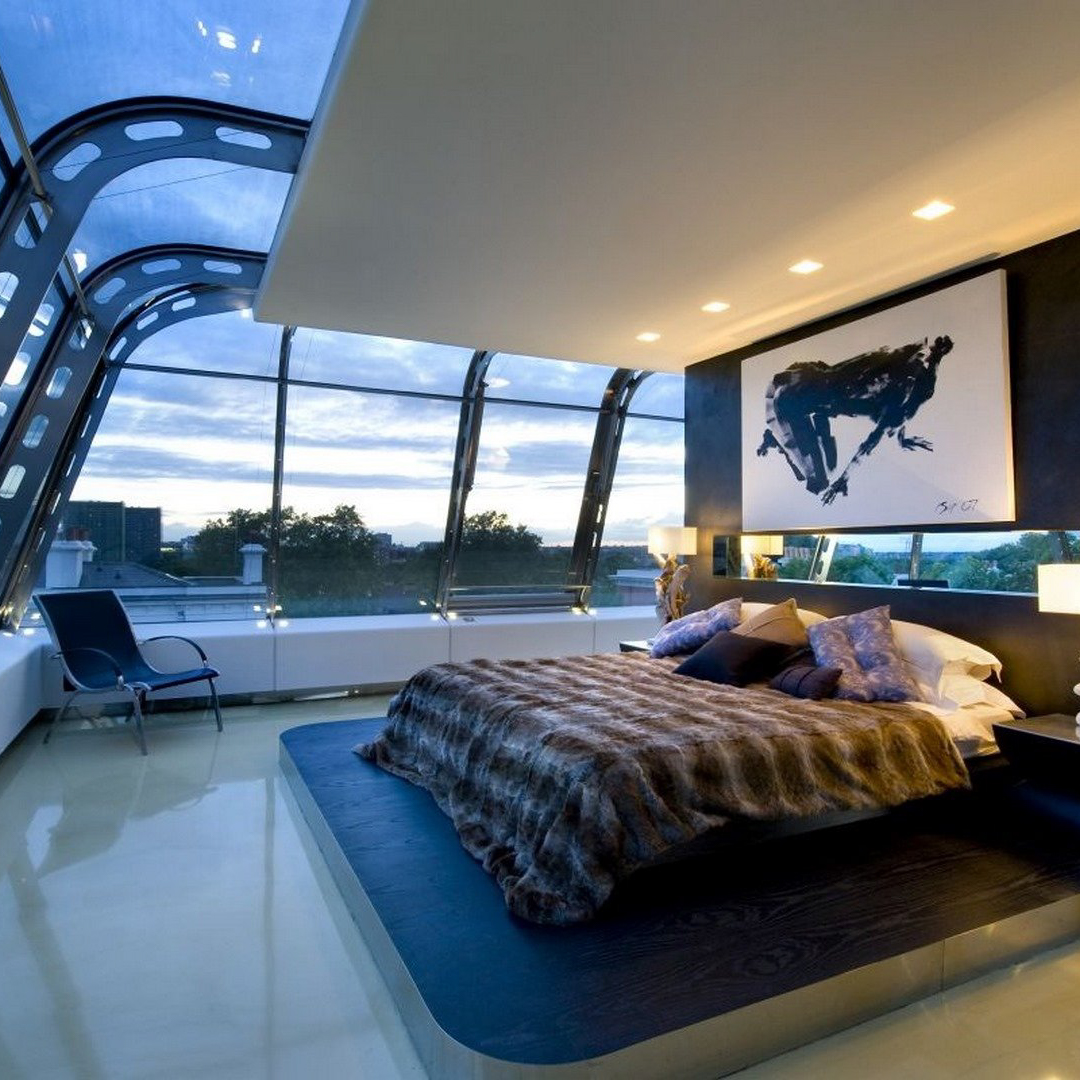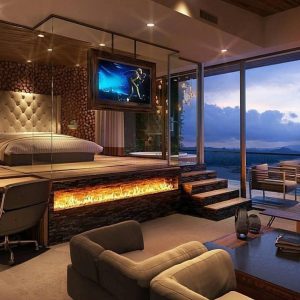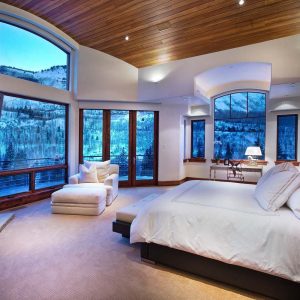
The Radiance of Norwegian Lighting Design: Illuminating Spaces with Scandinavian Flair
Lighting design is a crucial element in interior design, as it can enhance the ambiance and functionality of the space. Norwegian lighting design has gained popularity due to its unique approach, which combines functionality and aesthetics. Scandinavian countries, including Norway, are known for their minimalist and functional design, which is reflected in their lighting design style. This article will explore the history and characteristics of Norwegian lighting design, as well as its impact on modern interior design.
History of Norwegian Lighting Design
Norwegian lighting design has its roots in the early 20th century, when modern architecture and design were gaining popularity in Europe. The Scandinavian countries were at the forefront of this movement, and Norwegian lighting designers were no exception. Poul Henningsen, a Danish designer, is considered one of the pioneers of modern lighting design. His work inspired many Norwegian designers, who adopted his ideas and created their own unique style.
During the mid-20th century, Norwegian designers started experimenting with materials and techniques, leading to the development of new designs. Sven Ivar Dysthe’s Lampe 1064, which won the prestigious Triennale di Milano award in 1957, paved the way for Norwegian lighting design to gain global recognition. Other notable Norwegian lighting designers include Birger Dahl, who created the iconic Birdy lamp, and Peter Opsvik, who designed the groundbreaking Balans chair.
Characteristics of Norwegian Lighting Design
Norwegian lighting design is best known for its minimalist and functional designs. It prioritizes practicality over aesthetics, and often uses natural materials such as wood, metal, and glass. The designs are simple and clean, with geometric shapes and straight lines. The light fixtures are functional and versatile, often featuring adjustable shades or arms.
One of the most distinctive characteristics of Norwegian lighting design is its emphasis on the quality of light. Norwegian designers prioritize creating a comfortable and inviting atmosphere through the use of warm and diffused light. This creates a cozy and relaxing atmosphere in the space, enhancing the overall experience for the user.
Impact on Modern Interior Design
Norwegian lighting design has had a significant impact on modern interior design. It has inspired designers around the world to adopt minimalistic and functional designs, often incorporating natural materials and warm lighting. In recent years, there has been a growing interest in Scandinavian design, fueling the popularity of Norwegian lighting design.
One notable example of Norwegian lighting design’s impact on modern interior design is the rise of hygge. Hygge is a Danish concept that emphasizes coziness and comfort, and has become increasingly popular in modern interior design. Norwegian lighting design, with its warm and diffused lighting, is a perfect match for the hygge aesthetic.
Norwegian lighting design has a rich history and unique characteristics, making it a valuable asset in modern interior design. It prioritizes functionality and comfort, creating a cozy and inviting atmosphere in the space. Its influence on the global design community is evident in the growing popularity of Scandi


